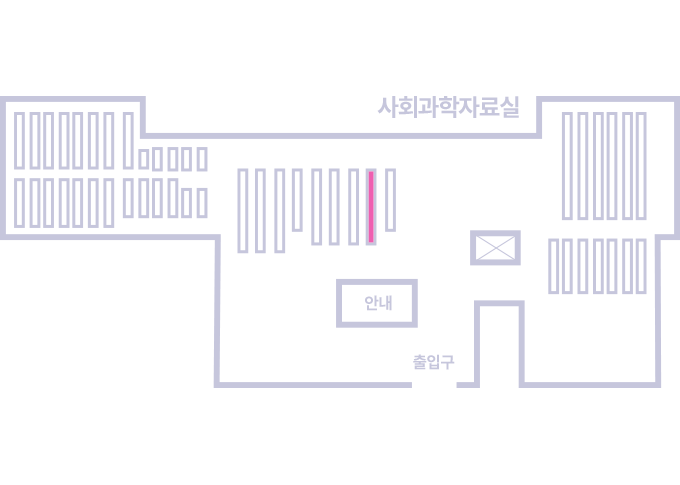권호기사보기
| 기사명 | 저자명 | 페이지 | 원문 | 기사목차 |
|---|
| 대표형(전거형, Authority) | 생물정보 | 이형(異形, Variant) | 소속 | 직위 | 직업 | 활동분야 | 주기 | 서지 | |
|---|---|---|---|---|---|---|---|---|---|
| 연구/단체명을 입력해주세요. | |||||||||
|
|
|
|
|
|
* 주제를 선택하시면 검색 상세로 이동합니다.
본 연구는 6·25전쟁 전사자 유해발굴을 통해 수습한 전사자 유해와 유품을 6·25전쟁사 연구에 필요한 하나의 사료(史料)로써 활용할 수 있는지를 검토한다. 6·25전쟁 중 적과 싸우다 사망한 전사자(戰死者)는 기존의 6·25전쟁사 연구에서는 주목받지 못하다가 6·25전쟁 50주년 기념사업의 일환으로 실시된 전사자 유해발굴과 맞물리면서 처음으로 그 성격을 조명받기 시작했다. 한국군은 전사자가 발생할 경우를 대비한 경험과 기록 체계가 부족한 상태에서 전쟁을 맞이하였다. 따라서 현 상황에서 전사자 유해발굴을 통해 공개된 정보는 6·25전쟁 전사자의 존재를 실증적으로 파악할 수 있는 핵심 자료이다.
경상북도 지역은 한국군이 소백산맥 일대의 지연전을 거쳐 유엔군과 함께 낙동강 전선에서 방어전을 수행하며 반격의 발판을 만들어낸 곳이다. 이러한 경북의 주요 전투지역에서 한국군 전사자 유해의 지역별 분포를 살펴본 결과 문경, 풍기, 안동, 의성, 영천, 칠곡(다부동), 영덕, 포항 등 기존 전투사에 기록된 격전지에서 상당수의 6·25전쟁 전사자 유해가 발굴되었음을 확인하였다. 특히 포항과 영천 지역의 경우 기존에 알려졌던 전사자 규모보다 더 많은 수의 한국군 전사자 유해가 발굴되어 기존의 6·25전쟁 전투사를 재확인하는 새로운 근거로 삼을 수 있었다.
6·25전쟁 전사자의 유품은 말 그대로 전사자가 소지하고 있던 유류품을 뜻한다. 그 종류에 따라 화기류, 탄약류, 피복류, 군화류, 장구류, 개인유품 등으로 분류되는데 이러한 유품들은 종류별로 특징을 분석하여 전사자의 국적, 즉 피아(彼我)식별에 중요한 참고자료가 될 뿐만 아니라 전사자의 신원확인을 위한 핵심적인 근거자료로 활용된다.
위와 같이 6·25전쟁 전사자 유해발굴을 통해 파악한 전사자 유해와 유품에 대한 정보는 다양한 분석을 통해 사료적 활용이 가능하다. 이를 통해 그동안 단순히 추모의 대상으로만 해석되어왔던 6·25전쟁 전사자에 대해 실증적으로 접근할 수 있는 계기를 마련하였다.
This study inquires if the remains and their leftover objects collected by an excavation of the Korean War fallen could be used as essential historical source for the research of Korean War history. The fallen who were dead in the middle of battle did not receive any proper attention from existing studies. Along with the excavation which has been conducted as the 50th anniversary commemorative project of the Korean War, the objects left over by the fallen began to get spotlighted for the first time. The Korean armed forces confronted the outbreak of war in the absence of experience and a record system, especially the case of the war fallen. The outcome of this excavation in the current situation is the critical source for an empirical understanding of the existence of the Korean War fallen.
North-Gyeongsang Province is the area where the sacrifice of the Korean soldiers eventually got the opportunity for counterattack: the defense line of the Nakdong River had been built there in alliance with the military forces of United Nations by a delaying action throughout the region of Sobaek Mountains. The distribution of the Korean War fallen in the major battlefields of Gyeongsangbukdo shows that in the battlefields such as Punggi, Andong, Mungyeong, Yeongdeok, Uiseong, and Chilgok, which had been recorded in the existing research of war history, a significant number of the fallen were excavated. Moreover, the excavated number of the fallen in the battlefields of Pohang and Yeongcheon exceeds the previously expected scale, which makes a new base to re-confirm the existing studies of the Korean War history.
The objects excavated with the Korean War can be classified by types as weapon, ammunition, clothing, military boots, equipment, and personal belongings. These are used as an essential material for identification: successfully analyzing the properties of objects by types can identify the nationality of the deceased person, i.e., to distinguish whether they are friendly or foe.
In conclusion, information on the remains and the objects of the Korean War fallen obtained by excavation can be used as historical source through the various ways of analysis. This allows a more empirical approach to the Korean War fallen who had been left just as an object of simple commemoration.*표시는 필수 입력사항입니다.
| 전화번호 |
|---|
| 기사명 | 저자명 | 페이지 | 원문 | 기사목차 |
|---|
| 번호 | 발행일자 | 권호명 | 제본정보 | 자료실 | 원문 | 신청 페이지 |
|---|
도서위치안내: 정기간행물실(524호) / 서가번호: 국내02
2021년 이전 정기간행물은 온라인 신청(원문 구축 자료는 원문 이용)

우편복사 목록담기를 완료하였습니다.
*표시는 필수 입력사항입니다.
저장 되었습니다.